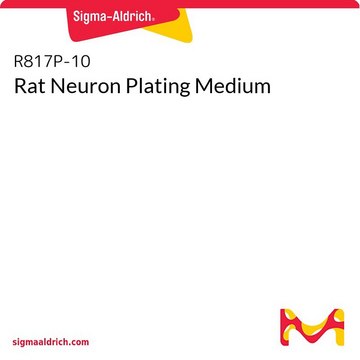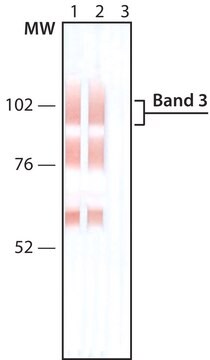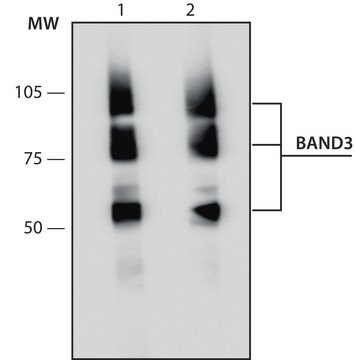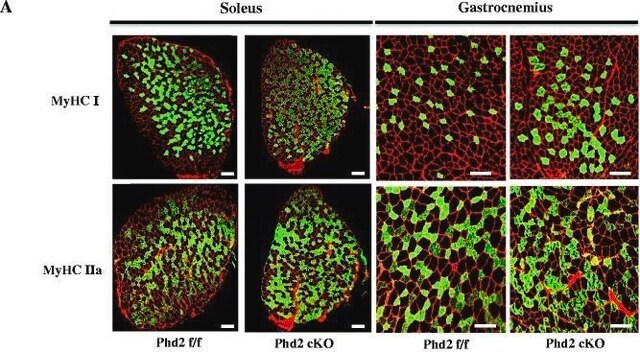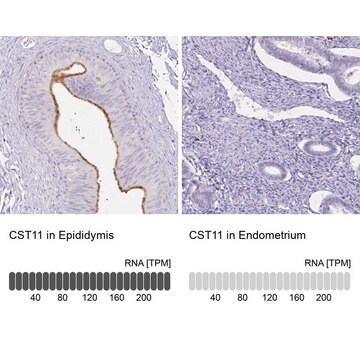Wichtige Dokumente
R6278
Anti-hnRNP-U antibody, Mouse monoclonal
clone 3G6, purified from hybridoma cell culture
Synonym(e):
Anti-Heterogeneous Nuclear Ribonucleoprotein-U
About This Item
ICC
IP
WB
immunoprecipitation (IP): suitable
microarray: suitable
western blot: 0.25-0.5 μg/mL using HeLa total cell extract
Empfohlene Produkte
Biologische Quelle
mouse
Qualitätsniveau
Konjugat
unconjugated
Antikörperform
purified from hybridoma cell culture
Antikörper-Produkttyp
primary antibodies
Klon
3G6, monoclonal
Form
buffered aqueous solution
Mol-Gew.
antigen ~120 kDa
Speziesreaktivität
human, monkey
Methode(n)
immunocytochemistry: suitable
immunoprecipitation (IP): suitable
microarray: suitable
western blot: 0.25-0.5 μg/mL using HeLa total cell extract
Isotyp
IgG1
UniProt-Hinterlegungsnummer
Versandbedingung
dry ice
Lagertemp.
−20°C
Posttranslationale Modifikation Target
unmodified
Angaben zum Gen
human ... HNRNPU(3192)
Allgemeine Beschreibung
Immunogen
Anwendung
Biochem./physiol. Wirkung
Zielbeschreibung
Physikalische Form
Haftungsausschluss
Sie haben nicht das passende Produkt gefunden?
Probieren Sie unser Produkt-Auswahlhilfe. aus.
Lagerklassenschlüssel
12 - Non Combustible Liquids
WGK
nwg
Flammpunkt (°F)
Not applicable
Flammpunkt (°C)
Not applicable
Hier finden Sie alle aktuellen Versionen:
Analysenzertifikate (COA)
Die passende Version wird nicht angezeigt?
Wenn Sie eine bestimmte Version benötigen, können Sie anhand der Lot- oder Chargennummer nach einem spezifischen Zertifikat suchen.
Besitzen Sie dieses Produkt bereits?
In der Dokumentenbibliothek finden Sie die Dokumentation zu den Produkten, die Sie kürzlich erworben haben.
Unser Team von Wissenschaftlern verfügt über Erfahrung in allen Forschungsbereichen einschließlich Life Science, Materialwissenschaften, chemischer Synthese, Chromatographie, Analytik und vielen mehr..
Setzen Sie sich mit dem technischen Dienst in Verbindung.